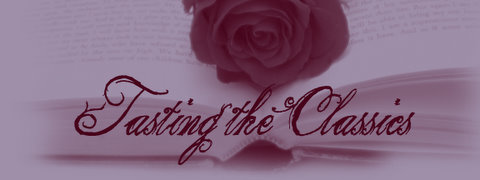Nikolai Kulbin (1868-1917)
The Meaning of the Theory of Art
"There are no poems, symphonies, or pictures that are devoid of ideas. Pictures, words, music, and the plastic arts are the artist's expression. Works of art are the living, vivid epistles of art."
"It is difficult, very difficult, to read spontaneously the hieroglypics of life and of the strucutre of the cyrstal, the flower, and the beautiful animal."
********************************************************************************
"Those who love, think, and desire- such are the
flower of the Earth. They desire poetry and hear it in the Good Book and in the thoughts of Leonardo da Vinci, Shakespeare and Geothe, and other literati great and small: these are the real theory of art."
"This theory of artistic creation si the key to happiness because art is happiness. It is the philosopher's stone, the magic wand that turns life into a fairy tale. It is poetry."
*********************************************************************************
"Roger Beacon asks: which is better, to be able to draw an absolutely straight line by hand or to invent a ruler with the help of which anyonce can draw a straight line?
For the artist this ruler is the theory of artistic creation."
"The theory of artistic creation has taught man how to compose a poem, to discover colors, and to discover living harmony. This theory is inherent in pictures themselves an in discourses about pictures..."
I. Theory
"Ideology. Symbol of the universe. Delight. Beauty and good. Love is gravity. Process of beauty. Art is the quest for gods. Creation is the myth and the symbol. Freedom. The struggle of Titans and Olympus. Prometheus and Hercules. Paining and servitude.
A single art- of the word, music, and the plastic arts.
Creation. Thought is the word. Feeling. Will. Individuality. Child. Artist. Talent. Temperament. Sensation. Contrast. Dynamic principle in psychology. Growth and decline. Associations. Revelation and consciousness. Search, imagination, realization. Artistic vision. Mastery of unconscious creation. Accumulation of impressions, processing of them (the throes of creation). Outbursts of creation (inspiration). Interchange of creation and self-criticism. Harmony. Dissonance. Peace and life. Harmony of sequence. Rhythm, Style.
Blue. Thought in word, sounds, and colors. Drawing is melody.
Red. Mood. The sounds of colors. The colors of the word. The colors of sounds. Scales. Ornament.
Yellow. The plastic arts. Free creation. Illusion and form. The psychology of depiction. Mutual creation of artist and spectator.
Cognition. Sight and blindness. The psychology of the spectator. Sympathetic experience. Criticism.
Supplements. The life of the artist, of the picture, and of the spectator.
II. The history of Art
The sources of art. Nature. People. Nation.
Movement of the pendulum, realism- idealism. Ants. Spiders an bees. Translational movement. Evolution and revolutions in art. Cycles of art. Destruction, fertilization, decadence. Sowing. New styles. Flowers and fruits. School. Academism. Degeneration.
The past. Primitive art. The periods of antiquity. The middle Ages. The latest cycles.
The Present. Contemporary art trends.
New Tendencies. The revaluation of values.
------
Publishing Information:
Russian Art of the Avant Garde Theory and Criticism Revised and Enlarged Edition edited by John E. Bowlt




